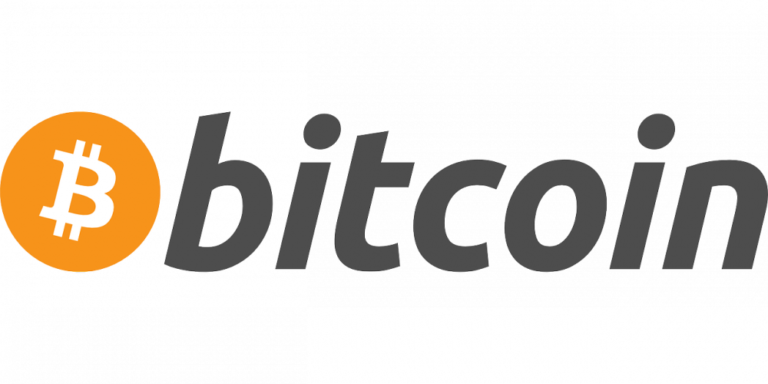Do you know what Bitcoin is?
You probably do, and if you are working in finance, or just like to keep up with the latest financial trends, then you’ve definitely heard of it.
What is Bitcoin?
Bitcoin (₿) is a cryptocurrency invented in 2008 by Satoshi Nakamoto. And who is Satoshi Nakamoto, you might ask?
The truth is that no one knows. It might be an individual, and it might be a group of persons.
The fact of the matter is that one or more persons invented it, with the goal of creating a cash system with no third part intermediaries, which are traditionally required to conduct digital monetary transfers.
When did begin to be used as payment currency?
The currency began use in 2009 when its implementation was released as open-source software.
From here on, it soon began to be used not only as payment currency on black markets such as Silk Road, but also as an investment asset.
It quickly grew in popularity among stockbrokers in search of new investment projects, and many have had their share of luck investing in the currency.
What is the main difference between traditional currency and Bitcoin?
The main difference between traditional currency and Bitcoin is that traditional currency like Dollars is a centralized system with rules and regulations.
Bitcoin on the other hand is a decentralized peer-to-peer system, which means that there are no central authorities to regulate rules and regulations on a Bitcoin transaction.
It’s a system solely maintained by a distributed network of users.

Is Bitcoin here to stay?
The short answer is yes, it looks like it.
Today, Bitcoin is accepted as payment by many major retailers like Microsoft and Starbucks, and it’s still a popular choice if you want to invest in cryptocurrency.
Its reputation as more than a ‘black market’ currency is changing, and many non-profit institutions like the Wikimedia Foundation, are now accepting donations in Bitcoin.
Bitcoin is popular with millennials
One of the other reasons Bitcoin might be around in ten years’ time, is the fact that it’s hugely popular among people that are 35 years or younger, the so-called millennials.
They are very openminded to cryptocurrencies and to digital payments in general, and this is especially true when it comes to investment.
Studies show that 20 % of UK millennials have invested in cryptocurrencies, and that more than 59 % had a positive opinion about Bitcoin.
This will definitely benefit Bitcoin in the long run, when this generation grow older, establish themselves with solid income, real estate and family, and pass on this open-mindedness to younger generations of family members.
Bitcoin is coming of age
A current look at the value of Bitcoin also provides answers as to why it could remain a popular currency in the future. It smashed quite a few records in 2020, and this tendency seems to continue.
In the first week of 2021, its price topped $37,000 (€30,265), more than quadrupling its value in the past year, and this will undoubtedly make it even more popular as an investment asset among investors both young and old.

























